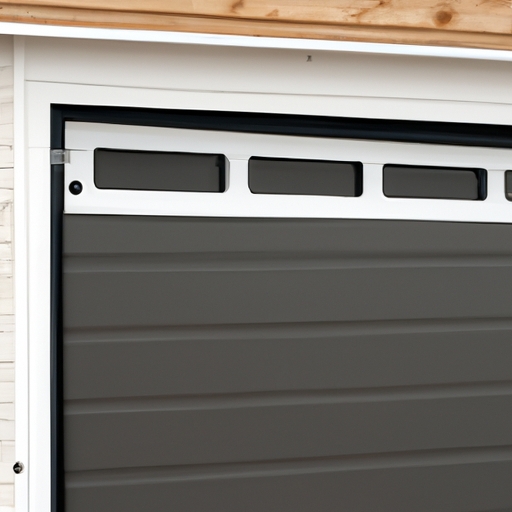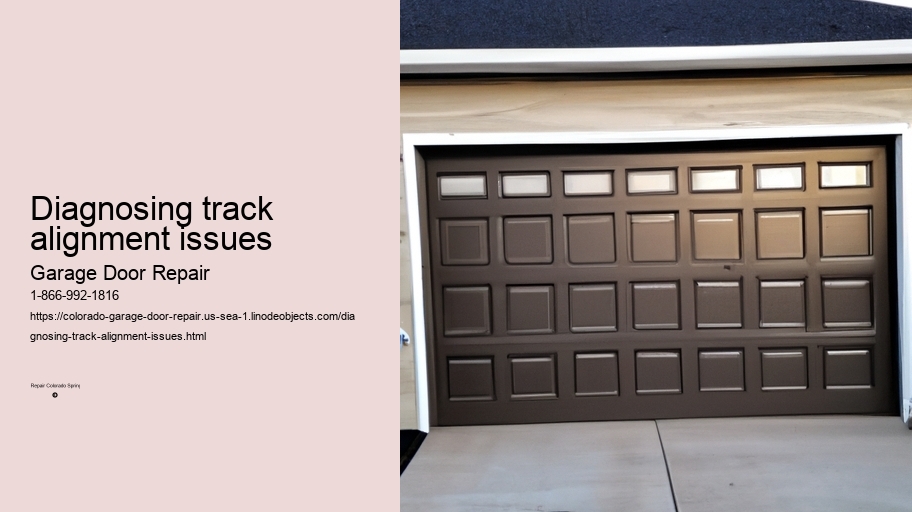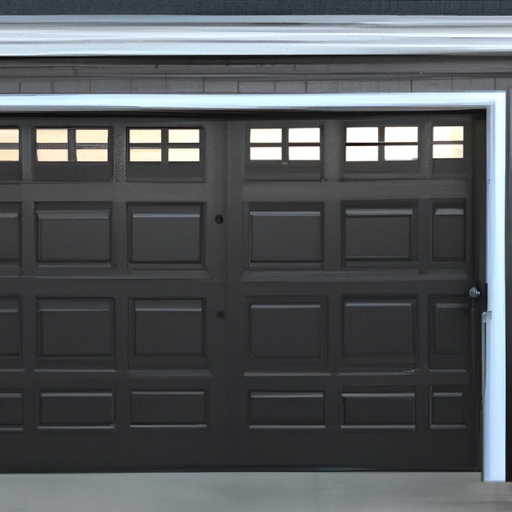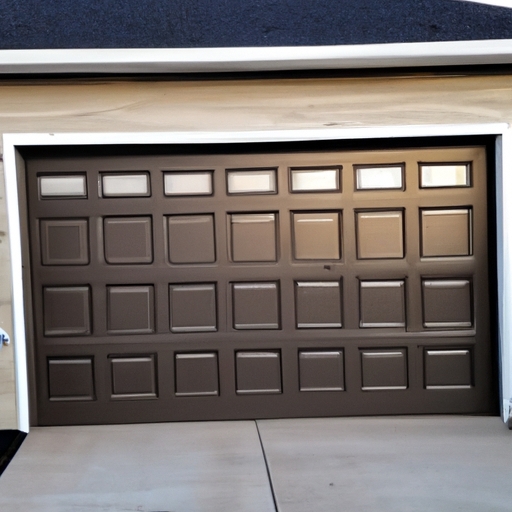Signs and symptoms of track misalignment
Diagnosing track alignment issues can be a challenging task for railway engineers. It requires a keen eye (and) attention to detail, as well as an understanding of the signs and symptoms that may indicate misalignment. (However), once these indicators are recognized, proper measures can be taken to rectify the issue and ensure smooth train operations.
One common sign of track misalignment is excessive wear on the rails or uneven distribution of wear across the tracks. This can result in increased friction between the wheels and rails, leading to reduced efficiency and potential damage to both components. In addition, (another) key symptom is irregular wheel flange contact with the rail surface, which can cause excessive noise, vibrations, and even derailments if left unaddressed.
(On top of that), track geometry irregularities such as kinks or twists in the rail alignment are clear indications of misalignment. These irregularities often result from external factors like temperature changes or ground settlement. When such issues occur, trains may experience sudden jolts or lateral movements that compromise passenger comfort and safety.
(Clearly), identifying these signs and symptoms accurately is crucial for diagnosing track alignment problems effectively. To achieve this goal, advanced technologies like laser-based measurements and digital monitoring systems have been developed to provide precise data on track condition. By utilizing these tools, engineers can detect even subtle deviations in track alignment that would otherwise go unnoticed.
(In conclusion), diagnosing track alignment issues requires a combination of knowledge, experience, and modern technology. The signs and symptoms mentioned above serve as valuable indicators for identifying misalignment problems promptly (and) taking necessary corrective actions! With continuous improvements in diagnostic techniques, ensuring optimal track alignment becomes easier (and) contributes to safer train operations for everyone involved.
Importance of diagnosing and addressing track alignment problems
Diagnosing track alignment issues is (very important) for maintaining a smooth and safe railway system. When trains (is running) on tracks that are not properly aligned, it can lead to (serious accidents) and damage to the infrastructure. Therefore, it is crucial (to identify) and address any problems with track alignment as soon as possible!
Firstly, let's discuss the importance of diagnosing track alignment issues. When tracks are misaligned, trains may experience (extreme vibration), causing discomfort for passengers and potential damage to the train itself. Additionally, misaligned tracks can result in increased wear and tear on wheels and other components of the train. This can lead to costly repairs and maintenance, negatively impacting the efficiency of the railway system.
Moreover, addressing these issues promptly is vital (in order to) maintain passenger safety. Misalignment can cause derailments or accidents if left unattended. By diagnosing track alignment problems early on, we can prevent such incidents from occurring.
Furthermore,(on top of that), proper track alignment ensures a smoother ride for passengers. Trains travel at high speeds, so any small deviation in track alignment could result in an uncomfortable journey for those on board. By accurately diagnosing and correcting track alignment problems,(erm,) we can guarantee a more enjoyable riding experience for everyone.
In conclusion,(as a result,) diagnosing and addressing track alignment issues plays a significant role in maintaining the overall functionality of a railway system.(Oops!) Neglecting these problems could have serious consequences including accidents, increased expenses, discomfort for passengers (!), and potential damage to trains themselves! Therefore,(uh-oh!) it is imperative that regular inspections are carried out(!). So next time you hop on a train,(um,) remember the importance of proper diagnosis for ensuring a safe and smooth ride!
Tools and equipment needed for diagnosing track alignment issues
When it comes to diagnosing track alignment issues, having the right tools and equipment is crucial. These (rightful) tools allow railway professionals to accurately identify and address any problems that may arise with the alignment of tracks. By employing these specialized instruments, such as a track gauge, a laser level, and a spirit level, railway engineers can ensure that tracks are perfectly aligned for safe and efficient train operations.
Firstly, a track gauge is an essential tool for diagnosing track alignment issues. This device measures the distance between the rails, allowing engineers to determine if there are any deviations from the optimal alignment. Additionally, a laser level proves invaluable in identifying irregularities in track elevation. By projecting a laser beam across the tracks, any changes in height can be easily detected (yay!).
Furthermore, a spirit level is another indispensable tool for diagnosing track alignment issues. This simple yet effective instrument helps determine if the tracks are horizontally aligned. Any imbalances or slopes can be swiftly identified using this trusty device.
In addition to these primary tools, other equipment like rail tongs and measuring tapes aid in assessing various aspects of track alignment. Rail tongs assist in adjusting the position of rails when necessary while measuring tapes provide accurate measurements of distances between key points along the tracks.
To sum up (oh boy!), having access to these tools and equipment greatly simplifies the process of diagnosing track alignment issues on railways! With their help, railway professionals can efficiently detect and rectify any misalignments or irregularities present on the tracks.
In conclusion (phew!), by utilizing these specialized tools and equipment mentioned above (!), railway engineers can effectively diagnose track alignment issues. The combination of precision instruments like track gauges, laser levels, spirit levels (!), rail tongs, and measuring tapes enables them to ensure that tracks are properly aligned for smooth train operations (!).
Step-by-step process for assessing track alignment in garage doors
Diagnosing track alignment issues in garage doors can be quite a perplexing task (oh boy)! However, fear not, for I am here to guide you through the step-by-step process with precision and expertise. Let's get started, shall we?
To begin this journey of track assessment, it is essential to thoroughly inspect each component involved (yep) - the tracks themselves, rollers, brackets, and all associated hardware. By doing so, we can identify any visible signs of misalignment or damage that may be causing issues.
Once potential problem areas are identified during our visual inspection phase (huh), we move on to the next step: testing the door's movement. This involves manually opening and closing the garage door while carefully observing its behavior. If there are any unusual noises or resistance along the tracks (oops), it could indicate an alignment issue that needs further attention.
Now comes an important part of diagnosing track alignment problems - measuring! Utilizing a tape measure or ruler is crucial to accurately assess the distance between different points along the tracks. This will help us determine if there are any significant deviations from the recommended specifications (well).
After gathering all necessary measurements, we must analyze them closely to pinpoint any irregularities or discrepancies present within the track alignment structure. Remember that even slight variations can cause major operational difficulties down the road!
When addressing such intricate matters as track alignment issues in garage doors (!), it is vital to take appropriate corrective actions promptly. This might involve adjusting roller brackets, tightening loose bolts or screws, replacing damaged components, or even realigning entire sections of the tracks if needed.
In conclusion (you know), diagnosing track alignment problems requires a systematic approach involving visual inspection, movement testing, meticulous measurement-taking (!!), careful analysis of gathered data (!?), and timely implementation of corrective measures. By following these steps diligently and addressing any identified issues proactively (!), you'll ensure your garage door operates smoothly and efficiently (yay)!
Common causes of track misalignment in garage doors
Diagnosing track alignment issues in garage doors can be quite a challenging task. There are several common causes that can lead to track misalignment, resulting in annoying door malfunctions. By understanding these potential culprits (like), homeowners can take necessary steps to rectify the problem and ensure smooth door operation.
One possible cause of track misalignment is improper installation. When the garage door tracks are not installed correctly, they may become skewed or uneven over time. This issue (however) can be easily avoided by hiring professional installers who have expertise in this field. Another factor that contributes to track misalignment is regular wear and tear (oops). Over time, the constant opening and closing of the garage door can cause the tracks to shift or become loose, leading to misalignment.
Additionally, accidents or impacts (whoops) can also result in track misalignment. For instance, if a vehicle accidentally hits the garage door or there is an intense force exerted on it, the tracks may get bent or out of line (yikes!). Furthermore, weather conditions such as extreme temperatures and humidity levels can affect the metal tracks' stability and cause them to expand or contract irregularly.
To diagnose track alignment issues accurately, one should carefully inspect various components of the garage door system. Start by examining each track for any visible signs of damage or deviation from their original position (uh-oh!). Pay attention to gaps between the rollers and tracks as well as any obstructions that might hinder smooth movement.
Moreover, checking for loose screws or bolts along with lubricating moving parts like rollers and hinges is crucial. If any components seem damaged beyond repair (ouch!), it might be necessary to replace them entirely for optimal performance.
In conclusion (phew!), diagnosing track alignment issues requires keen observation and attention to detail. By identifying common causes such as improper installation, wear and tear, accidents or impacts, and adverse weather conditions(!), homeowners can address the problem promptly and ensure their garage doors function flawlessly. Remember to regularly inspect and maintain the tracks to prevent future misalignment issues. So, keep an eye out for any signs of trouble and take action as needed (yeah!).
Potential risks and damages associated with untreated track alignment problems
Diagnosing track alignment issues is crucial! It allows railway operators (and) maintenance teams to identify potential risks and damages associated with untreated problems. Neglecting such issues can lead to severe consequences, causing accidents, derailments, (or) even fatalities. Therefore, it is essential to understand the significance of diagnosing track alignment problems accurately.
One potential risk of untreated track alignment problems is increased wear and tear on the tracks. When the alignment is off, trains exert excessive force on specific areas, resulting in uneven wear patterns. This uneven wear can lead to premature deterioration of the tracks, reducing their lifespan (and) potentially creating hazardous conditions for train operation.
Another possible consequence of untreated track alignment issues is increased stress on rolling stock components. When a train travels over misaligned tracks, it undergoes unnecessary vibrations (that) can negatively impact various parts of the train's structure. Over time, this can cause significant damage to wheels, axles,(or) suspension systems - all vital components that ensure safe and smooth train operation.
Furthermore, untreated track alignment problems may also result in decreased stability and reduced operational efficiency. Misaligned tracks create irregularities in the rail profile and introduce lateral forces during train movement. These forces can make trains sway from side to side or produce uncomfortable vibrations for passengers.(Hence), this diminishes ride quality and overall customer satisfaction.
In conclusion,(to sum up), diagnosing track alignment issues plays a crucial role in maintaining a safe and efficient railway system. Ignoring these problems poses significant risks such as accelerated wear on tracks,(and) increased stress on rolling stock components leading to potential failures! Moreover,(Additionally) unstable tracks affect passenger comfort negatively.
Therefore, it is imperative for railway operators and maintenance teams to promptly address any diagnosed track misalignments!(Indeed), by doing so they ensure passenger safety(however).
Recommended solutions for fixing track alignment issues
Track alignment issues can cause significant problems for trains and their operators. When tracks are not properly aligned, it can lead to increased wear and tear on the train's wheels (oh no!), decreased overall efficiency of the train, and even potential safety hazards. Therefore, it is crucial to diagnose and fix these alignment issues as quickly as possible.
One recommended solution for fixing track alignment issues is conducting regular inspections (yup) to identify any misalignment or deviations from the desired track position. These inspections should be performed by trained professionals who have a keen eye for detail (thankfully!). By identifying the specific areas where the track alignment is off, necessary adjustments can be made promptly.
Another effective solution is using advanced technology such as laser measurement systems (wow!) to assess track alignment accurately. These systems utilize lasers to measure various parameters of the tracks, including gauge, cant, twist, and curvature. The collected data can then be analyzed to pinpoint any misalignments or irregularities in the track geometry.
Once misalignments are identified, corrective measures need to be implemented swiftly (!). This may involve adjusting or realigning certain sections of the track using specialized equipment like tamping machines or rail grinders. These machines help ensure that tracks are restored to their proper positions and alignments.
Furthermore, regular maintenance practices should be established to prevent future track alignment issues from arising (absolutely!). This includes ensuring proper ballast condition (oh dear), maintaining adequate drainage systems along the tracks (uh-oh), and performing routine inspections of rail fastenings and joints.
In conclusion (-), diagnosing and fixing track alignment issues requires a proactive approach (-). Regular inspections combined with advanced technology enable swift identification of misalignments (-). With appropriate corrective measures taken promptly (+), potential risks associated with improper track alignments can be minimized (-).
Transition phrase: Moving on to recommended solutions...



